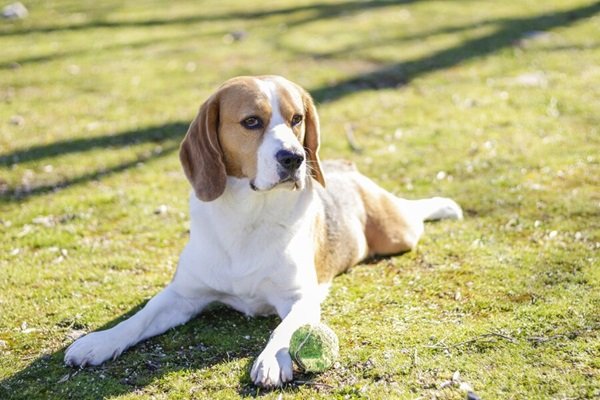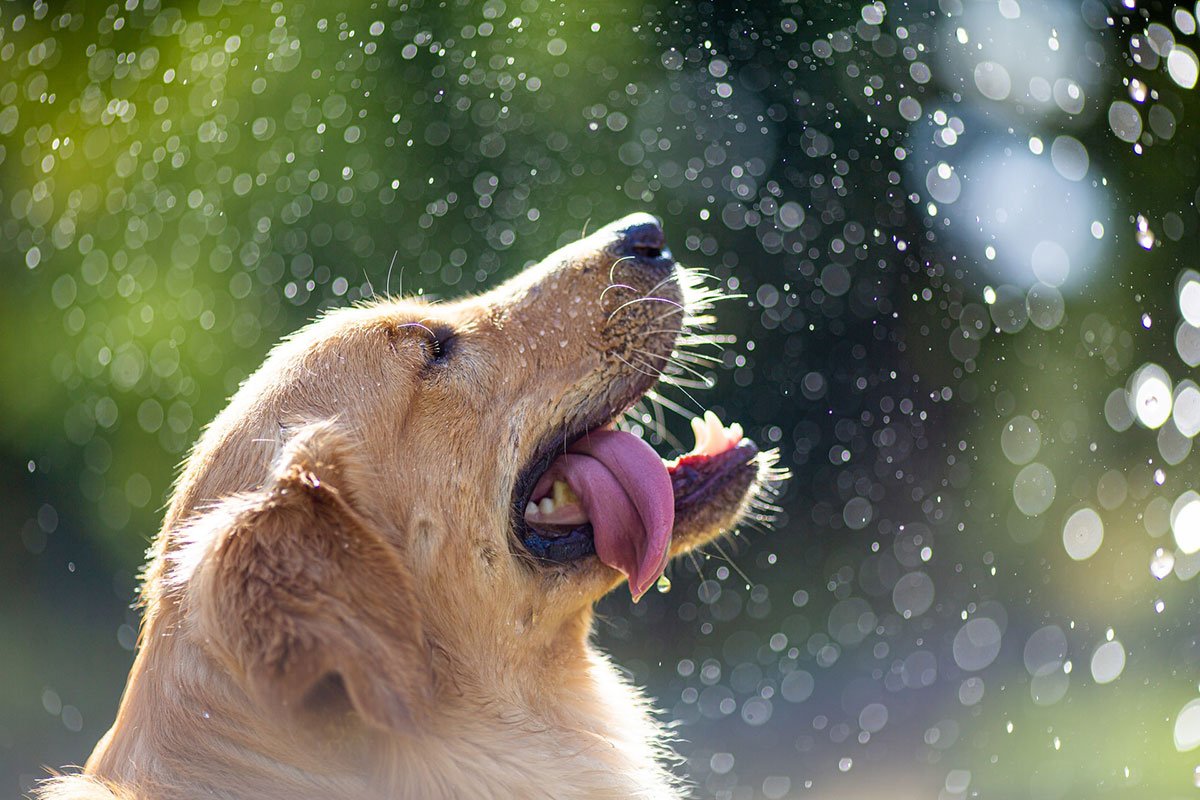The Pocket Beagle is a popular and unique breed, renowned for its adorable small size, lively personality, and affectionate nature. Despite its compact stature, this little dog has the heart and energy of its larger relatives, especially the traditional Beagle. In this comprehensive guide, we will explore everything you need to know about the Pocket Beagle, from its history and characteristics to care tips and common health concerns. Whether you’re a potential dog owner or just an animal enthusiast, this guide will provide valuable insights into the world of the Pocket Beagle.
What is a Pocket Beagle?
A Pocket Beagle is a smaller variation of the well-known Beagle breed, originally developed for hunting purposes. These dogs were bred to be compact enough to fit in tight spaces, making them highly suitable for tracking small game. Despite their diminutive size, Pocket Beagles retain the characteristic traits of their larger counterparts, including a keen sense of smell and a friendly disposition.
Size and Weight
The Pocket Beagle stands at about 8 to 10 inches (20 to 25 cm) tall, much shorter than the standard Beagle, which typically ranges from 13 to 15 inches in height. Their weight usually falls between 7 and 15 pounds (3.2 to 6.8 kg), making them an ideal choice for those seeking a smaller dog with the same traits as a full-sized Beagle.
Temperament and Personality
Despite their small size, Pocket Beagles share the same energetic and playful temperament as regular Beagles. They are known for being curious, loyal, and affectionate, which makes them great family pets. However, their strong hunting instinct means they may chase after smaller animals if not properly trained or contained. They are generally very friendly with children, other pets, and strangers, making them excellent companions.
History of the Pocket Beagle

The Pocket Beagle is not a modern creation; it has roots that go back to the 16th century. Historically, Beagles were bred for hunting small game, and the smaller varieties were bred for easier portability. During the Middle Ages, Pocket Beagles were often used to track small animals like rabbits and hares. They were even popular with European royalty, including Queen Elizabeth I, who was known to keep a pack of Pocket Beagles. The breed slowly lost popularity as larger Beagles became more commonly used for hunting. However, in recent years, the demand for this tiny version of the Beagle has grown as people seek smaller dogs for companionship.
Pocket Beagle vs. Standard Beagle
While both breeds share the same ancestry, the Pocket Beagle differs mainly in size and some slight differences in personality and energy levels. Pocket Beagles tend to be more energetic than their larger cousins, and they require plenty of playtime and exercise to keep them happy. Both breeds, however, are known for their loving nature and gentle demeanor, making them excellent pets for families and individuals alike.
Physical Characteristics of the Pocket Beagle
Though they are small in stature, Pocket Beagles are well-proportioned and athletic dogs. They have short, smooth coats that come in a variety of colors, typically including combinations of black, white, tan, and brown. The ears of a Pocket Beagle are long and floppy, contributing to their expressive faces. Their eyes are usually brown or hazel, giving them an intelligent and sweet look.
Grooming Needs
The Pocket Beagle’s short coat requires relatively low maintenance. Regular brushing, approximately once a week, will help remove loose hairs and prevent matting. They are considered to be moderately shedding dogs, so be prepared to clean up a bit of dog hair around the house. Be sure to check their ears regularly for wax buildup and to keep their nails trimmed.
Health Considerations
Like many purebred dogs, the Pocket Beagle can be prone to certain health issues, though they are generally considered a healthy breed. Some of the common health problems they may face include:
Common Health Issues
- Hip Dysplasia: This is a condition where the hip joint doesn’t fit into the hip socket properly, leading to pain and arthritis.
- Epilepsy: A neurological disorder that can cause seizures.
- Obesity: Pocket Beagles can easily become overweight due to their small size and love of food, so careful portion control is essential.
- Ear Infections: Their floppy ears are prone to infections, especially if moisture is trapped inside.
Lifespan
Pocket Beagles typically live for around 12 to 15 years, making them a long-lived breed. Regular vet checkups, a balanced diet, and an active lifestyle can help ensure that your Pocket Beagle stays healthy for years to come.
Training a Pocket Beagle
Training a Pocket Beagle can be a rewarding experience, but it requires consistency, patience, and a little bit of creativity. While they are intelligent, Pocket Beagles can sometimes be stubborn or easily distracted by interesting scents, so early socialization and positive reinforcement techniques are essential.
Basic Training Tips
- Start Early: Begin training your Pocket Beagle as soon as possible to avoid bad habits from forming.
- Use Positive Reinforcement: Reward your dog with treats, praise, or toys when they perform a desired behavior.
- Be Consistent: Like all dogs, consistency is key. Stick to the same commands and routine, and your Pocket Beagle will quickly catch on.
- Mental Stimulation: Provide toys and activities that engage your dog’s mind to prevent boredom.
Pocket Beagle as a Family Pet
Pocket Beagles make excellent family pets because of their playful and loving nature. They are great with children and other pets, making them an ideal addition to a household with multiple animals. However, due to their hunting instincts, it’s essential to supervise them around smaller animals or other pets that might trigger their prey drive.
Ideal Environment
Due to their small size, Pocket Beagles are adaptable to apartment living, but they still need a moderate amount of daily exercise. A daily walk, coupled with playtime in a secure yard, will help keep them happy and healthy. They do best in a home where they receive a lot of attention and affection.
FAQ Section
Q1: Are Pocket Beagles hypoallergenic?
A: No, Pocket Beagles are not considered hypoallergenic. They shed moderately, which may trigger allergies in sensitive individuals.
Q2: Can a Pocket Beagle live in an apartment?
A: Yes, Pocket Beagles can live in apartments as long as they receive regular exercise and attention.
Q3: How often should I feed my Pocket Beagle?
A: It’s recommended to feed a Pocket Beagle twice a day with high-quality dog food. Be mindful of portion sizes to avoid overfeeding.
Q4: Do Pocket Beagles get along with other pets?
A: Yes, they are generally friendly and get along well with other pets, although their hunting instinct may cause them to chase smaller animals.
Q5: How much exercise does a Pocket Beagle need?
A: Pocket Beagles need around 30-60 minutes of exercise each day, including walks and playtime.
Summary
The Pocket Beagle is a small yet energetic breed that makes a wonderful family companion. Their friendly disposition, intelligence, and love for adventure make them great pets for individuals and families alike. Though small in size, they are big in heart and energy, requiring regular exercise and mental stimulation to stay happy and healthy.
Disclaimer
This article is intended for informational purposes only and should not be used as a substitute for professional veterinary advice. Always consult a qualified veterinarian for any concerns related to the health, care, or training of your Pocket Beagle.





